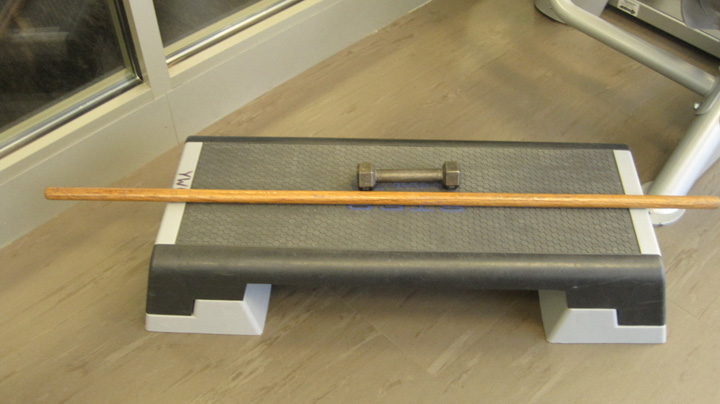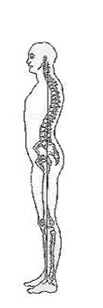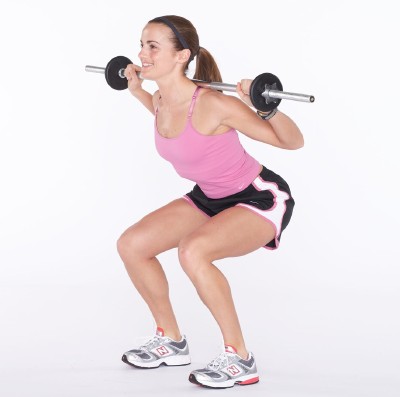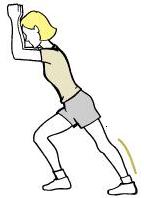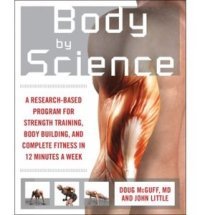Form is arguably the most important aspect of any exercise, because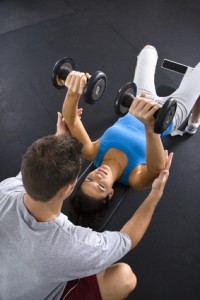 when it’s off it affects your entire body. Bad form can cause muscle imbalances with one part of the body over compensating for another. If form isn’t the first thing put in check, injuries will occur.
when it’s off it affects your entire body. Bad form can cause muscle imbalances with one part of the body over compensating for another. If form isn’t the first thing put in check, injuries will occur.
Here are four ways to correct the problem before it becomes a problem:
1. Sounds simple but learn what correct form is for the exercise you are doing. Trainers are good for this.
2. To begin with, go weightless. To feel what you are doing, perform the exercise without any weight or resistance.
3. Add weight. Now that you’ve added a weight, make sure you body is in the right position. If you are unable to keep good form throughout the repetition reduce the resistance.
4. Always set you core before you start each exercise (see last blog post). Engaging your core will always keep you stable. This will help against accidents, leading to injuries (as small as a slight pain in the knee or a tight muscle in the low back).
Good form helps with aches and pains, especially as we get older, and it’s often overlooked, replaced by focusing on reps, weight, frequency and duration. Don’t make this mistake. Form is king, or in this case – queen.

